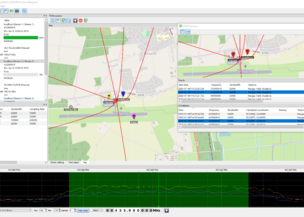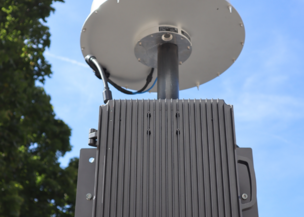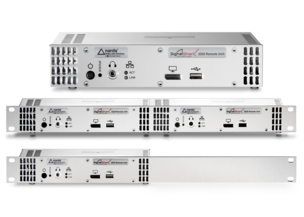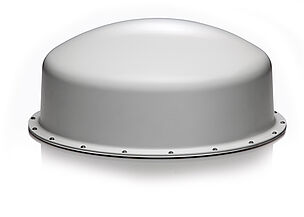WILLTRON Technologies GmbH, Austria, local contact:
NIATEL d.o.o.
71160 SARAJEVO
Bosnia and Herzegovina
+387 (0) 33 713 230
+387 (0) 33 713 232
CMV Hoven GmbH, Zentrale-Mönchengladbach
41238 Mönchengladbach
Germany
+49 2166 945990
E-mail
info@cmv.deWeb
www.cmv.de
Test & Measurement Instrumentation
ATD 9051 Attard
Malta
+356 214 160 19
E-mail
tmi@tmimalta.com
WILLTRON Technologies GmbH, Austria, local contact:
DoTest.sk s.r.o.
82105 BRATISLAVA
Slovakia (Slovak Republic)
+421 (0) 903 403 603
E-mail
sigmund@dotest.skWeb
www.dotest.sk
WILLTRON Technologies GmbH, Austria, local contact:
INIS Institute of Non-Ionizing Radiation
1000 Ljubljana
Slovenia
+386 (01) 568273
E-mail
info@inis.siWeb
www.inis.si
WILLTRON Technologies GmbH, Austria, local contact:
EMPOS spol. s.r.o.
155 00 Prague
Czech Republic
+420 739 413 395
E-mail
info@empos.czWeb
www.empos.cz
WiLLTRON Technologies GmbH, Austria, local contact:
LS Management Group, Ltd.
11317 Tallinn
Estonia
+3725101972
E-mail
info@lste.euWeb
www.lste.eu
C.N. Rood N.V./S.A., Belgium, local contact:
C.N. Rood BV
2718-SK Zoetermeer
Netherlands
+31 79 360 0018
+31 79 362 8190
E-mail
info@cnrood.comWeb
www.cnrood.com
WILLTRON Technologies GmbH, Austria, local contact:
Micom BH d.o.o.
71000 Sarajevo
Bosnia and Herzegivina
+387 33 778 571
E-mail
info@micom.baWeb
www.micom.ba
WILLTRON Technologies GmbH, Austria, local contact:
Micom TM International d.o.o.
11000 Belgrade
Serbia
+381 11 3691 251
E-mail
office@micom.rsWeb
www.micom.rs
WILLTRON Technologies GmbH, Austria, local contact:
Micom Electronics d.o.o.
1236 Trzin
Slovenia
+386 1 589 62 50
E-mail
info@micom.siWeb
www.micom.si
Test & Measurements.dk A/S, Denmark, local contact:
Elnet-tækni ehf.
113 Reykjavík
Iceland
+354 5542727
E-mail
elnet@elnet.isWeb
www.elnet.is





